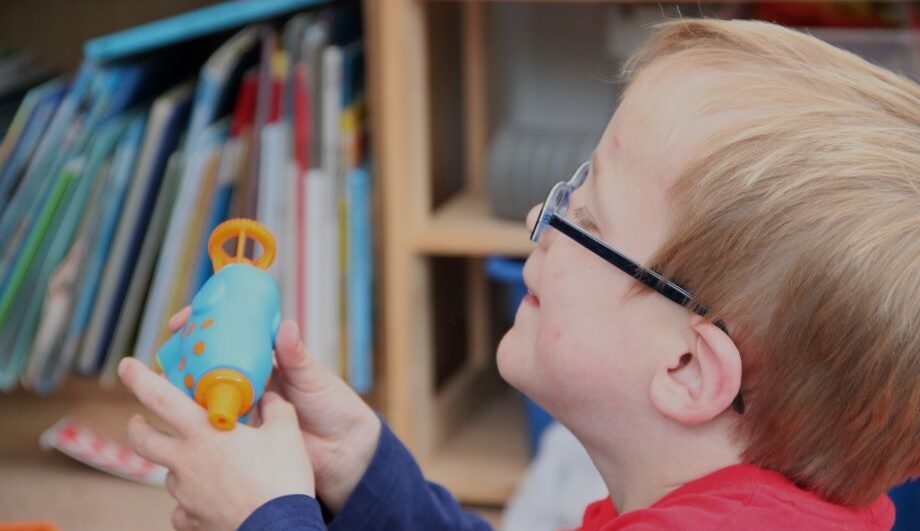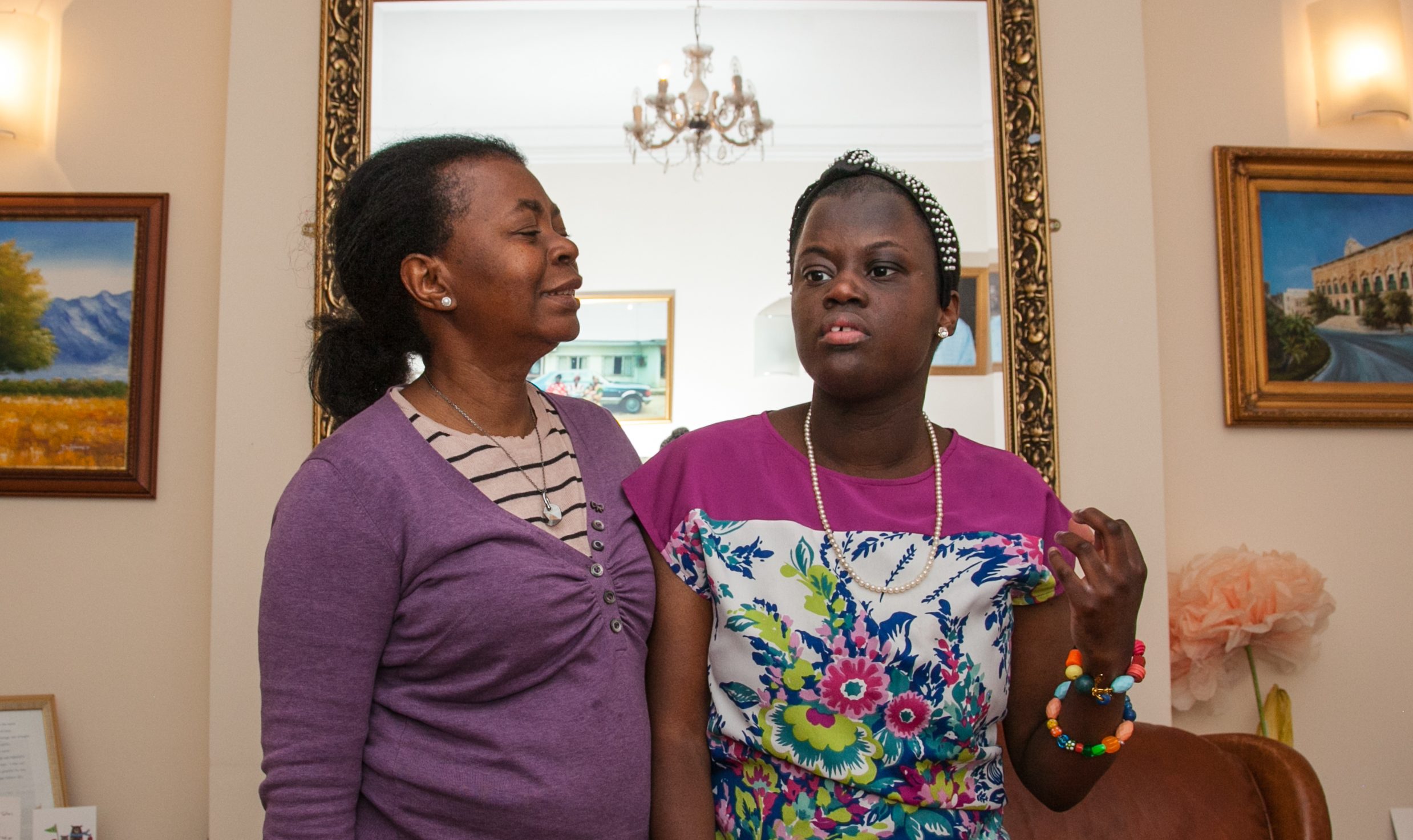‘Positive behaviour support planning: part 3’ is the third information sheet in this series. It is recommended that it is read alongside ‘Understanding challenging behaviour: part 1’ and ‘Finding the reasons for challenging behaviour: part 2’ (see links at bottom of page)
Download: Positive behaviour support planning: part 3
Quick read
What is a Behaviour Support Plan?
This plan provides carers with a step by step guide to managing challenging behaviour. It is based on the results of a behaviour assessment. Two important parts of the plan are:
1. Proactive strategies. These are used to make sure that the person has got what they need. They also describe ways to teach the person communication and other skills. Examples include:
- Look for triggers
- Teach skills e.g. a sign for “finished”
- Be aware of how you talk to the person e.g. firm, funny and calm
- Adjust the environment e.g. dim the lights, tie hair back to stop someone pulling hair
- Rewards
- Routine and structure
- Boundaries
2. Reactive strategies are designed to keep the person and those around them safe. Examples include:
- Do not respond to the behaviour
- Give reminders
- Distract the person
- Give the person what they want
- Remove yourself from the situation e.g., leave the room
A good plan has more proactive than reactive strategies.
How to create a Behaviour Support Plan
Everyone involved with the person’s care should be involved in creating a behaviour support plan. Here are 8 key steps to make a plan:
- Write a description of the behaviour(s)
- Work out the reasons for the behaviour
- Write ‘proactive’ “Green” strategies to help the child or adult stay happy and calm. Think about what new skills the person may need to learn to help them in the future e.g. a sign for “finished”, to wait for 30 seconds etc.
- Recognise the early warning signs of the behaviour (when a person becomes anxious) and think about how to respond when you see these. This is the ‘active’ “Amber” part of the plan.
- Record the ‘reactive’ “Red” strategies (what to do when the behaviour occurs) to keep people safe.
- Record the ‘post reactive’ “Blue” strategies (what to do after the behaviour). We need to be careful here as there is a risk of the behaviour escalating again.
- Get agreement from all the key people in the person’s life
- Review the plan. Is it working?
Download: Positive behaviour support planning: part 3



